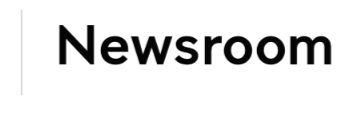Shedding light online for illicit and synthetic drugs
While only a small proportion of Australians buy illicit drugs online, continued monitoring is critical because of its indication of usage patterns in the wider community, write Lucy Burns and Joe Van Buskirk.


